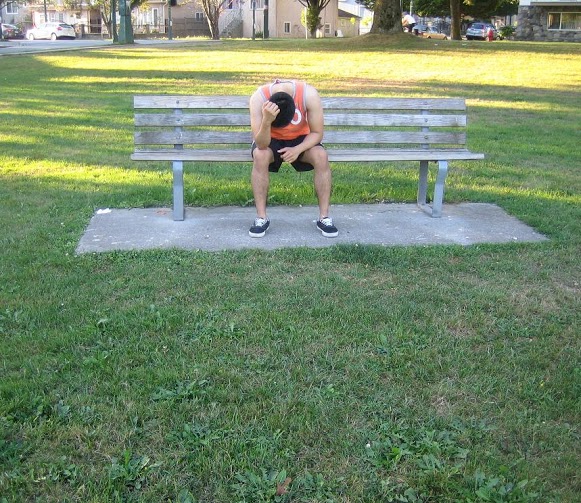Tick-borne encephalitis is a viral infection that spreads to humans via the bite of a tick. The initial indications are strikingly like the flu and often include:
- Fever
- Fatigue
- Headache
- Muscle pain
https://www.youtube.com/watch?v=zhYlKQZGGDM
It is important to note that these symptoms generally last for up to 8 days after which most can fully recover. Nevertheless, some develop serious symptoms triggered by the virus that spreads to the protective tissue layer covering the brain and spinal cord or the brain itself.
The second-phase symptoms might include:
- Seizures
Changes in the mental status such as drowsiness, confusion or disorientation. - Changes in the mental status such as drowsiness, confusion or disorientation
- Light sensitivity
- Inability to speak
- Paralysis
Management of tick-borne encephalitis
If the doctor suspects that the individual has tick-borne encephalitis, a blood test or lumbar puncture is required to confirm if he/she is infected.
Even today, there is no available cure for tick-borne encephalitis, thus treatment is aimed on relieving the symptoms until the infection settles.
If the individual only experiences the initial symptoms, treatment is not required other than pain medications to alleviate the symptoms.
Hospitalization is required if the individual develops second-stage symptoms. Once in the hospital, intravenous fluids are started along with breathing support and proper care.
Preventive measures
The ideal way to prevent tick-borne encephalitis is to be vaccinated against the infection before travelling to parts of the globe where there are reported cases particularly in rural areas or going on camping or hiking.
The vaccine can provide protection against tick-borne encephalitis. Even if an individual was vaccinated, it is vital to take the necessary precautions to lessen the risk for being bit by an infected tick.
The common preventive measures include:
- Wearing long-sleeved tops and trousers or pants that are tucked into the socks
- Apply an insect repellant that contains DEET on exposed body parts
- Regularly check the body or clothes for any ticks particularly around the hair line, behind the ears, on or around the elbows, groin, back part of the knees and armpits.


